British Columbia’s First Nations have a rich and diverse cultural heritage that spans thousands of years. From the coastal Haida to the inland Secwepemc, each nation has its own unique traditions, language, and history. In recent years, there has been a renewed focus on celebrating and preserving these cultures, as well as addressing the ongoing impacts of colonialism and residential schools. This article will explore various aspects of First Nations culture in British Columbia, including their art, oral traditions, tourism industry, and role in modern society. Through these lenses, we will gain a deeper understanding of the past, present, and future of these vibrant communities.
A Rich Tapestry of Indigenous Cultures
British Columbia is home to a rich tapestry of Indigenous cultures, each with its own unique traditions, customs, and languages. The province is home to over 200 First Nations communities, each with its own distinct culture and history. The diversity of these cultures is reflected in their art, music, dance, and storytelling traditions. From the Haida people’s intricate carvings and totem poles to the Kwakwaka’wakw’s potlatch ceremonies, British Columbia’s First Nations have a rich cultural heritage that has been passed down through generations. Each community has its own unique way of life and relationship with the land, which is deeply rooted in their history and traditions. Despite the many challenges faced by First Nations communities over the years, their cultures have remained strong and resilient. Today, many Indigenous artists are continuing to create beautiful works that reflect their cultural heritage and traditions. This rich tapestry of Indigenous cultures in British Columbia is an important part of the province’s history and identity. It is essential that we continue to celebrate and honour the diverse traditions of First Nations communities in order to preserve their unique cultures for future generations.
The Significance of Art in British Columbia’s First Nations
Art has always played a significant role in British Columbia’s First Nations culture. It is a way for indigenous people to express their identity, history, and spirituality. The art of First Nations people is deeply rooted in their beliefs and traditions, and it reflects their connection to the land and nature. The art forms include carving, weaving, beadwork, basketry, and painting. Each art form has its unique style and symbolism, which is passed down from generation to generation through oral traditions. One of the most famous forms of First Nations art is totem poles. Totem poles are carved from cedar trees and are decorated with intricate designs that tell stories about the history and beliefs of a particular First Nations community. The significance of totem poles can be seen in many parts of British Columbia, including Stanley Park in Vancouver. Another form of art that holds great importance in First Nations culture is basketry. Basket weaving is a traditional skill that has been passed down for thousands of years. Baskets were used for storing food, clothing, and other household items. Today, baskets are still made by First Nations artists, but they are also considered works of art that can be displayed in galleries or museums. Overall, the significance of art in British Columbia’s First Nations culture cannot be overstated. Art is a way for indigenous people to connect with their history, traditions, and spirituality while sharing their unique culture with others.
Preserving Traditional Ways of Life: The Importance of Oral Traditions
Preserving traditional ways of life is essential for the First Nations people of British Columbia. One significant way of doing this is through the oral tradition, which has been passed down from generation to generation. Oral traditions include stories, songs, and ceremonies that teach valuable lessons about history, culture, and spirituality. These traditions are integral to the identity and survival of First Nations communities, as they provide a link to their past and reinforce their sense of belonging. The importance of oral traditions is evident in the efforts made by First Nations communities to preserve them. Elders and knowledge keepers play a crucial role in passing down these traditions to younger generations, ensuring their continuity. In some cases, language barriers pose a challenge to preserving oral traditions; however, many communities have taken steps to revitalise their languages through language immersion programs. Efforts are also being made to document and archive oral traditions through digital media, making them accessible to a wider audience. Preserving oral traditions is not just about maintaining cultural practices but also about respecting the knowledge and wisdom of First Nations people. It is an essential aspect of reconciliation efforts between Indigenous and non-Indigenous peoples in Canada. By recognising the value of oral traditions and actively supporting their preservation, we can help ensure that First Nations culture remains alive and thriving for generations to come.
Indigenous Tourism: A Gateway to Learning about First Nations Culture
Indigenous tourism is a unique way to experience and learn about First Nations culture in British Columbia. Visitors can participate in various activities, including guided tours, cultural performances, and workshops that showcase the traditions and heritage of the Indigenous people. One of the most popular destinations for Indigenous tourism is the Klahoose First Nation’s homelands on Cortes Island. The Klahoose people offer guided tours of their traditional territories, where visitors can learn about their history, cultural practices, and sustainable land use. Other First Nations communities across British Columbia also offer similar experiences, including the Squamish Nation’s cultural centre and museum in North Vancouver and the Nk’Mip Desert Cultural Centre in Osoyoos. These experiences allow visitors to gain a deeper understanding of First Nations culture and traditions while supporting Indigenous communities through sustainable tourism.
Indigenous tourism not only provides an opportunity for visitors to learn about First Nations culture but also helps to preserve and promote it. By sharing their traditions with others, Indigenous communities can pass on their knowledge to future generations and keep their culture alive. Additionally, Indigenous tourism can help to raise awareness of the challenges faced by Indigenous people, such as the ongoing effects of residential schools and the struggle for land rights. Through this type of tourism, visitors can gain a better understanding of the complex issues facing Indigenous communities in British Columbia and support reconciliation efforts.
Overall, Indigenous tourism offers a unique and enriching experience for visitors while supporting Indigenous communities and preserving First Nations culture. It provides a gateway to learning about the rich history and traditions of British Columbia’s First Nations people, highlighting the importance of cultural diversity and sustainability in modern society.
Reconciliation Efforts: Honoring the Legacy of Residential Schools
Reconciliation efforts are a significant aspect of the future of British Columbia’s First Nations culture. The legacy of residential schools has had a profound impact on Indigenous communities across Canada, and British Columbia is no exception. These institutions were established in the late 19th century with the aim of assimilating Indigenous children into Euro-Canadian culture. However, they were marked by numerous abuses, including physical, emotional, and sexual abuse, as well as cultural genocide. Today, reconciliation efforts are focused on acknowledging the harm that was done to Indigenous peoples and working towards healing and restoration. This includes initiatives such as the Truth and Reconciliation Commission, which was established in 2008 to document the experiences of residential school survivors and make recommendations for redress. The commission’s final report, released in 2015, included 94 calls to action aimed at addressing the ongoing impacts of residential schools and promoting reconciliation between Indigenous and non-Indigenous peoples. Other efforts include community-led healing programs, cultural revitalization initiatives, and educational programs that seek to educate Canadians about the history and legacy of residential schools. While reconciliation is an ongoing process that will take time and effort from all parties involved, it is a vital step towards creating a more just and equitable society for all Canadians.
The Role of First Nations in Modern British Columbia
The role of First Nations in modern British Columbia is complex and multifaceted. While historically marginalized and excluded from decision-making processes, First Nations are increasingly asserting their rights and sovereignty in the province. Many First Nations have signed treaties with the federal and provincial governments, which have granted them greater autonomy and control over their lands, resources, and governance. In addition, many First Nations have established economic development corporations that are focused on creating jobs and wealth for their communities. These corporations have been successful in a range of industries, including forestry, tourism, and renewable energy. First Nations are also playing an increasingly important role in environmental stewardship and conservation efforts in British Columbia. Many First Nations have longstanding relationships with the land and sea, and they bring traditional knowledge and practices to modern conservation efforts. This includes working with government agencies to protect species at risk, manage fisheries sustainably, and restore ecosystems that have been damaged by industrial activity. First Nations are also contributing to the province’s cultural diversity and vibrancy through art, music, language revitalization, and other forms of cultural expression. Overall, the role of First Nations in modern British Columbia is one of resilience, innovation, and leadership. While there are still significant challenges to overcome, there is growing recognition of the importance of Indigenous peoples’ contributions to the province’s social, cultural, environmental, and economic well-being.
Celebrating Diversity: The Future of First Nations Culture in British Columbia
Celebrating diversity is essential to ensure the future of First Nations culture in British Columbia. First Nations communities have diverse cultural traditions, languages, and practices. Recognizing and respecting this diversity is crucial to preserve the richness of their heritage. Moreover, embracing diversity can also promote unity among different First Nations groups. By celebrating differences, people can learn from one another and develop a deeper appreciation for their unique cultural practices.
One way to celebrate diversity is through events that showcase the various traditions of different First Nations communities. For example, the annual Coastal First Nations Dance Festival brings together dancers and performers from various coastal communities to share their songs, dances, and stories. This event provides an opportunity for people to experience the diverse cultures of the First Nations in British Columbia.
Another way to celebrate diversity is by promoting cultural education and awareness in schools and universities. By including Indigenous perspectives in the curriculum, students can gain a deeper understanding of the rich history and cultural traditions of First Nations communities in British Columbia. Furthermore, it can help promote respect for diversity and encourage young people to learn more about Indigenous cultures.
In conclusion, celebrating diversity is crucial to preserving the future of First Nations culture in British Columbia. It promotes unity, respect, and appreciation for the diverse cultural traditions, languages, and practices of different First Nations communities. Through events that showcase these traditions and education that promotes awareness and understanding, we can ensure that these cultural practices continue to thrive for generations to come.
As we celebrate the past and embrace the future of British Columbia’s First Nations, it is important to recognise the rich tapestry of indigenous cultures and their significance in shaping the province’s history. The preservation of traditional ways of life through oral traditions and art provides a gateway to learning about First Nations culture and their role in modern British Columbia. Efforts towards reconciliation honor the legacy of residential schools and celebrate diversity in the future of First Nations culture. However, there is still much work to be done to ensure that Indigenous peoples are given the respect and recognition they deserve. We must continue to reflect on our own biases and actively work towards building stronger relationships with Indigenous communities. Only then can we truly celebrate and embrace the vibrant culture and traditions of British Columbia’s First Nations.

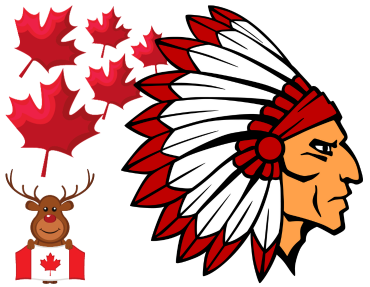
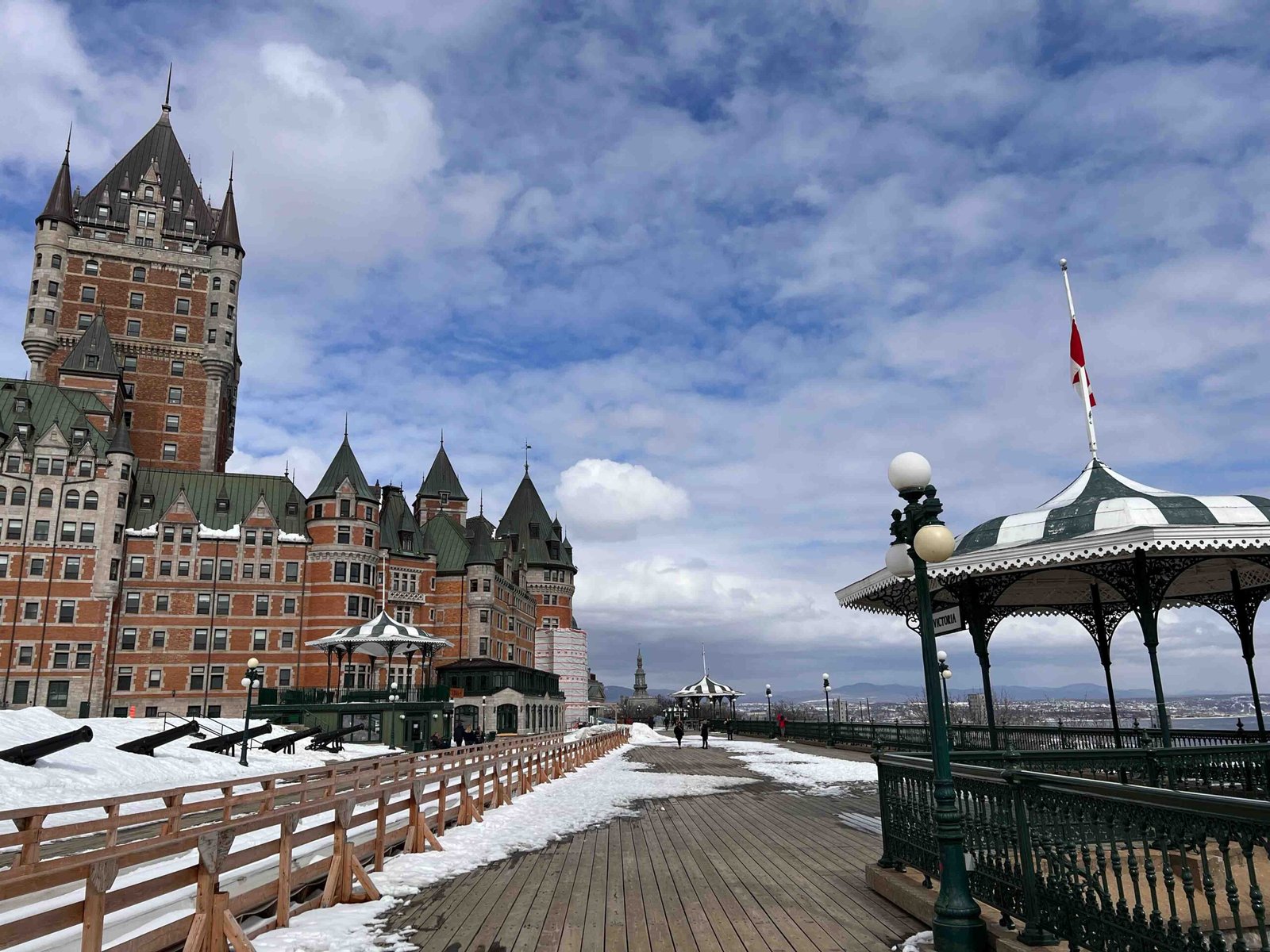
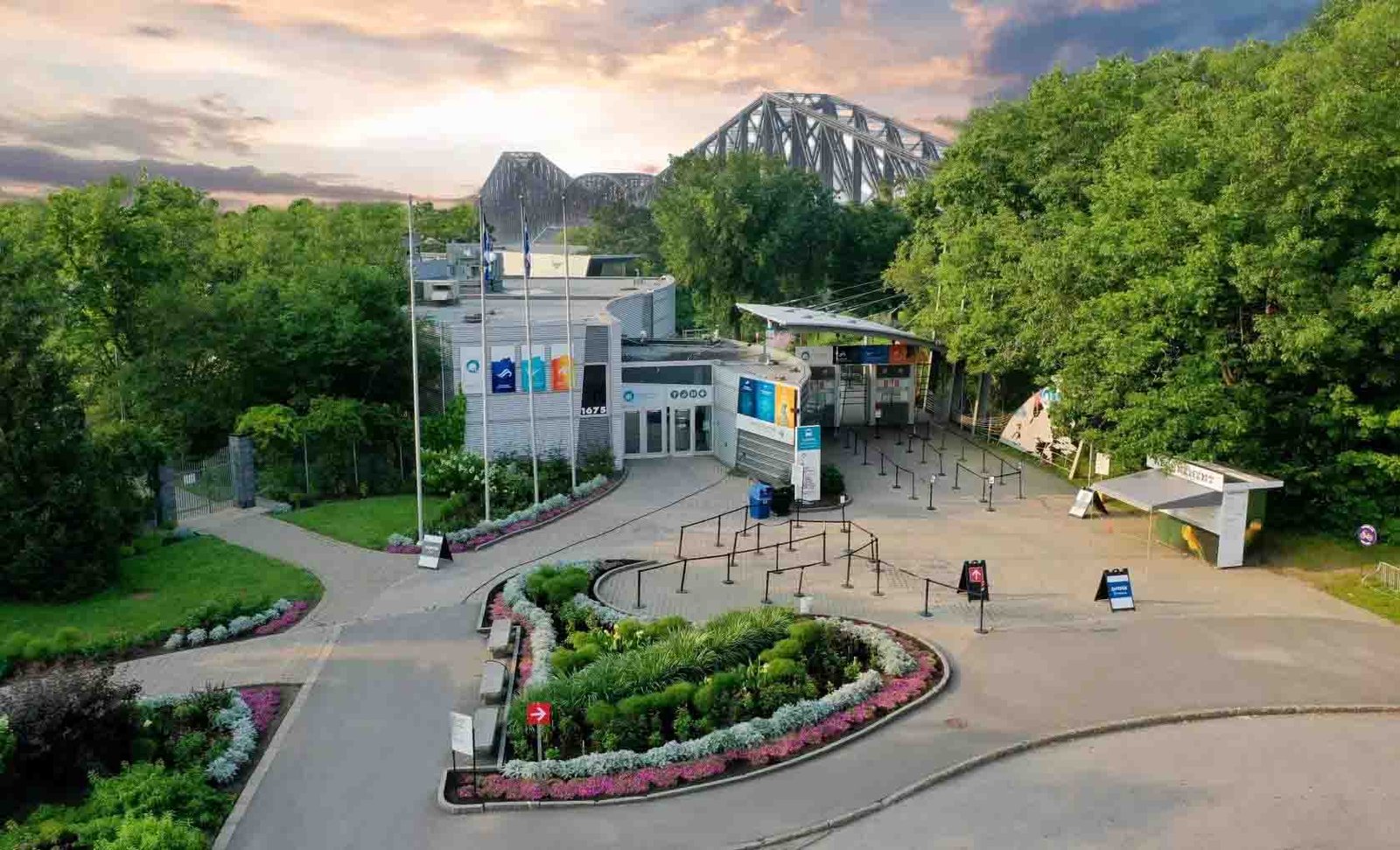
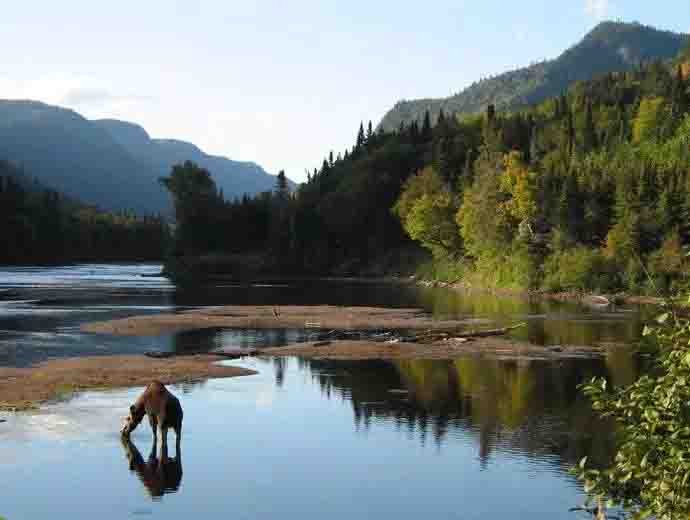
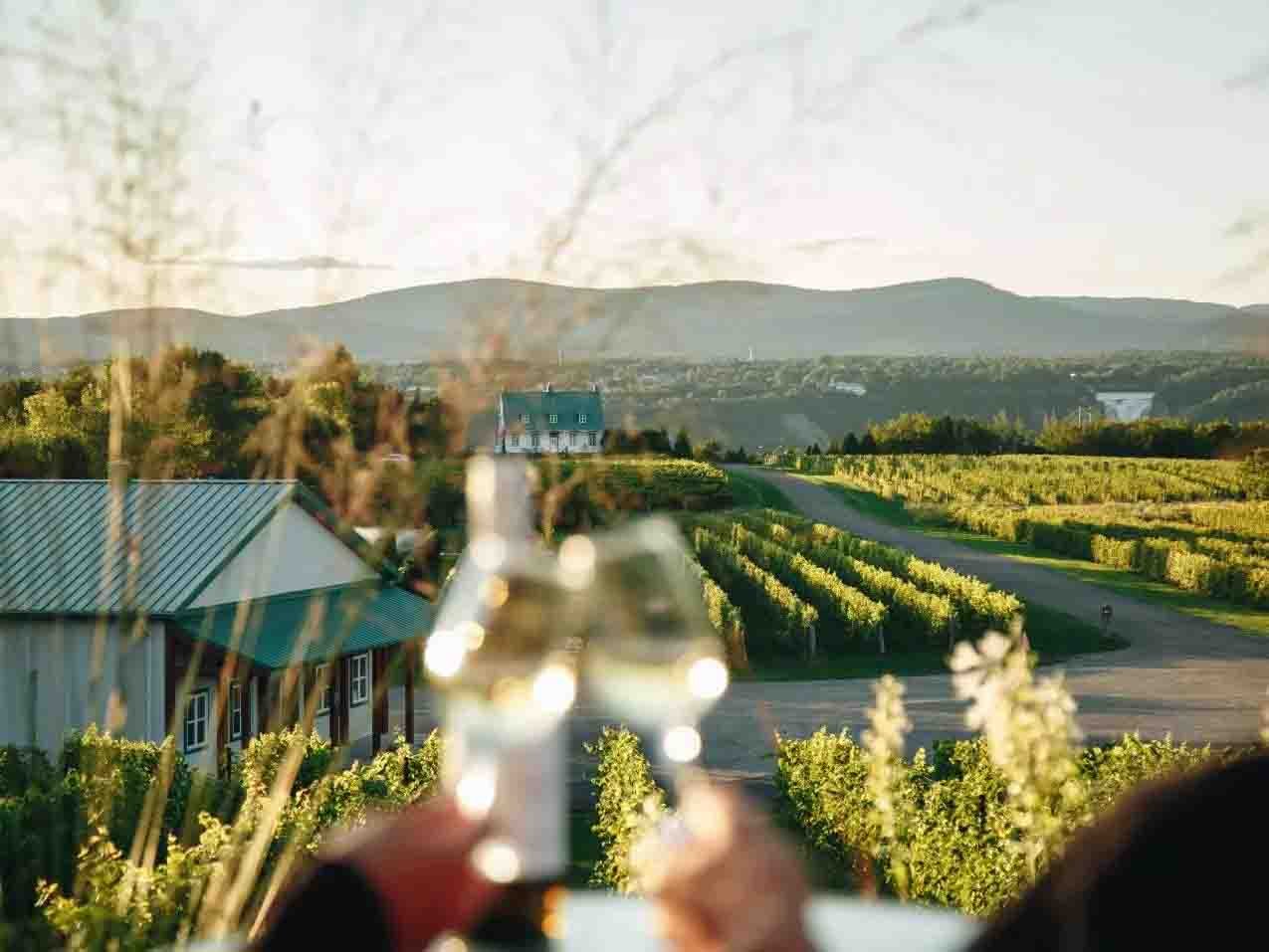
Leave a Reply